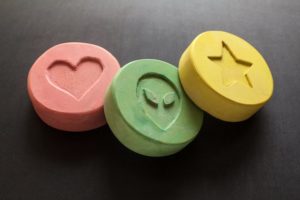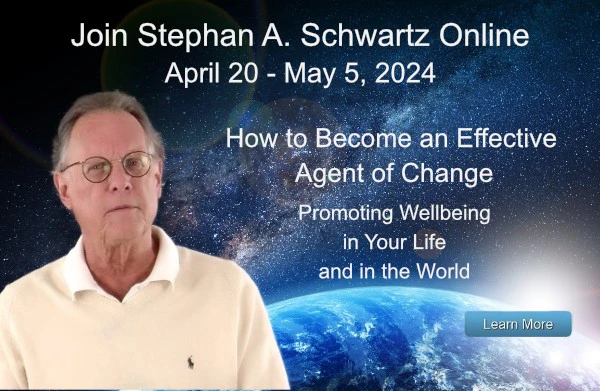
Ecstasy pills
Credit: portokalis
During the 1970s, the U.S. began what has now become known as the “war on drugs,” a reaction to the counterculture and drug-fueled climate of the 1960s. To the government’s dismay, these policies did nothing to quell the use of illicit drugs; rather, it opened a huge market for the illegal development, distribution and importation of psychoactive and hallucinogenic substances like marijuana, cocaine, LSD and, later, ecstasy and designer drugs.
Forty years later, the U.S. is facing a very different problem—a nation addicted to prescription drugs. And to make things a bit more complex, some of these illicit “street drugs” are now being hailed as potential breakthrough therapies for depression, post-traumatic stress disorder, and possibly even autism. With the FDA’s recent decision to designate MDMA (also known as ecstasy) as a breakthrough therapy for PTSD, the increasingly blurred lines between prescription and illicit drugs in the U.S. and their impact on health and society are becoming even more complex.
As a graduate fellow at Boston University, I helped teach an introductory course on […]












A very thoughtful article!
This is a hard topic for me to talk about. I wrote a letter to the VA to try to get a message to my son’s doctor in Oklahoma who had prescribed to him morphine for him to inject for his terrible back pain and also opioid pain pills to go with the morphine. I told the VA that they were going to kill my step-son with the medications they were giving him. They did not listen. He wanted to try to stop and use Marijuana instead, but that was illegal. He died one month after my writing the letter to them. I tried to talk my son out of using the medications he was prescribed, but his pain in his back was greatly helped by the prescriptions, and he wouldn’t stop, and we didn’t know where to get the Marijuana to let him at least try it, legal or not.
My son died because of our insane laws and this insane “War on Drugs” which is actually a “war on People” who have pain, and need help. We need new, more person oriented laws and methods for this problem. I hate Reagan and the “War on Drugs” which he initiated, which killed my son.